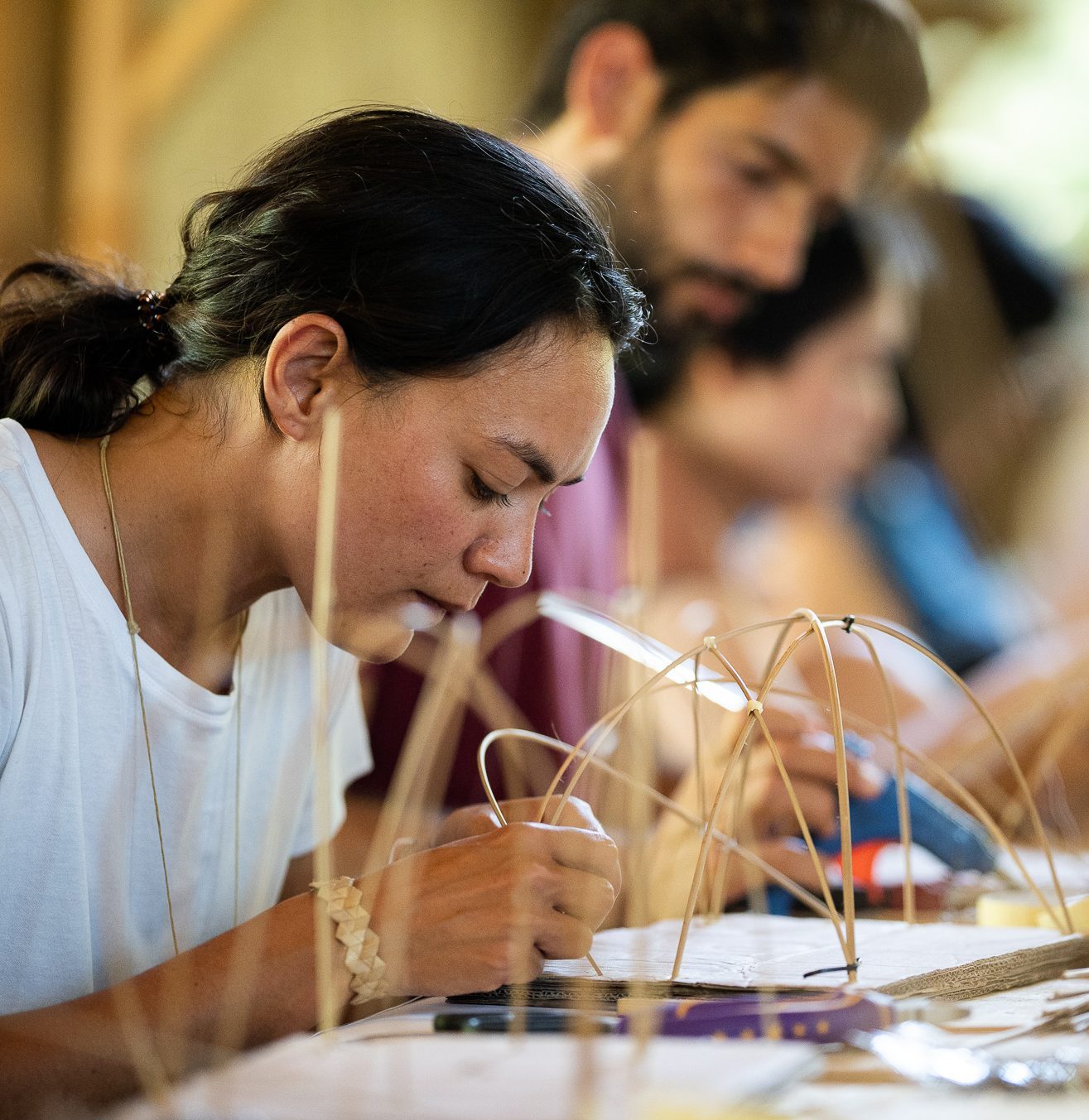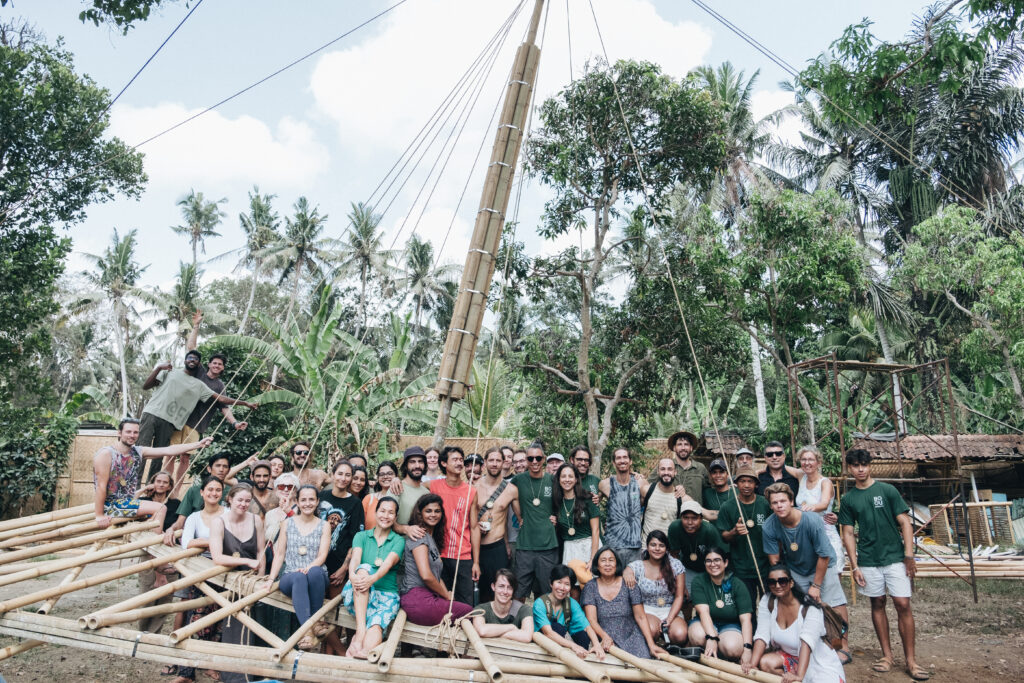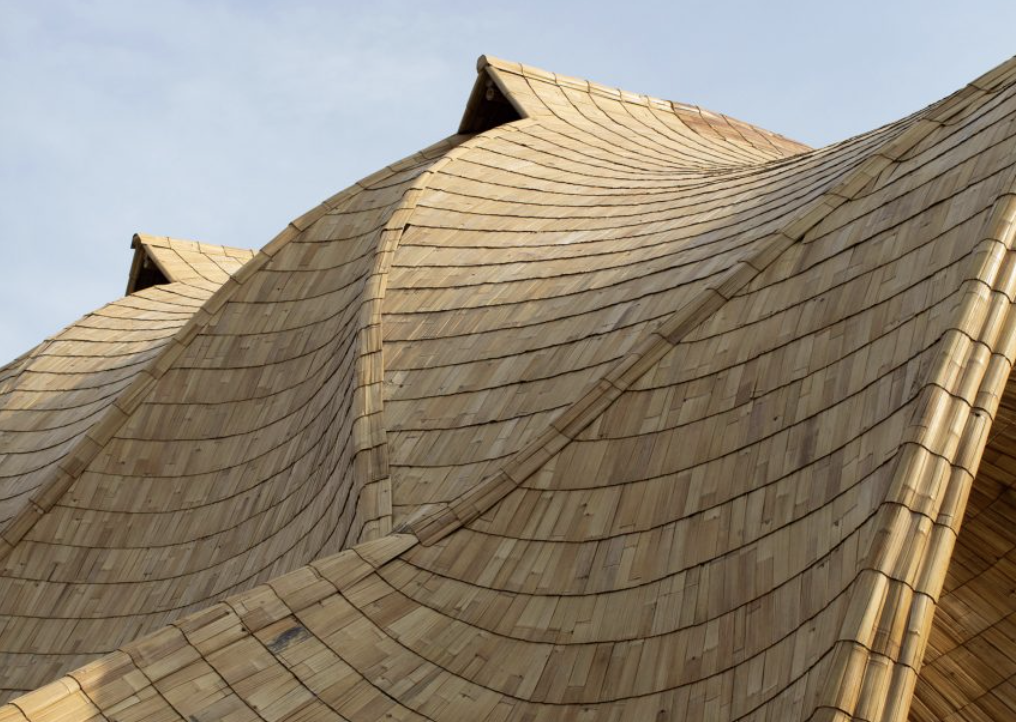The 4 Questions You Should Be Asking About Bamboo
By Leticia Matos Asilis | March 21, 2023 | Design - Construction -
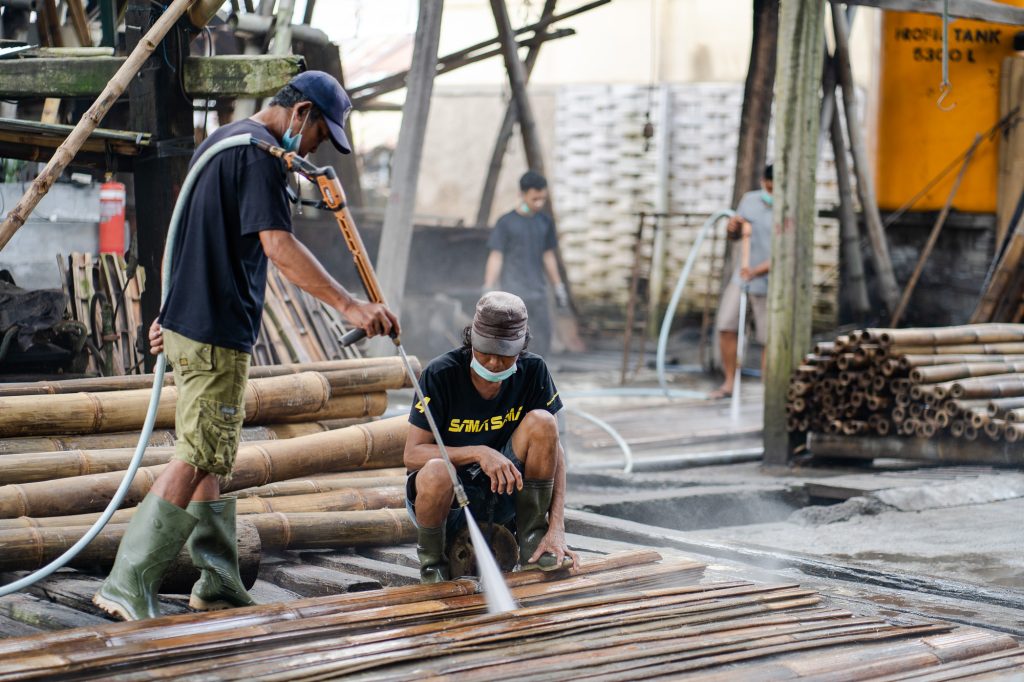
In this article, we have compiled a list of the most commonly asked questions about bamboo as a building material.
In this article we share some essential questions that you should consider if you're planning to start your own bamboo projects.
1. Why is it important to understand your bamboo species before designing and building with it?
Understanding the bamboo species is crucial when designing and building with it. Different bamboo species have unique climate requirements, and optimal conditions for growth depend on factors like soil properties, elevation, and temperature. While bamboo is resilient and can grow in areas out of its optimal range, this can lead to poor-quality poles. Therefore, identifying the species and understanding its specific needs is essential to achieve optimal growth and high-quality poles. With over 1600 bamboo species worldwide, each with its own strengths and limitations, it's important to select the appropriate species based on your context and on the characteristics of the project. Understanding how to design and build with your bamboo will ensure success in the end.

2. What is preservation by design and why is it so important in bamboo construction?
A well-designed bamboo building needs "good boots, a good jacket, and a nice hat". Good boots refer to raising the main columns at least 40 cm above the ground to protect the bamboo from moisture. A good jacket means varnishing and protecting the bamboo from the sun's UV rays. A nice hat refers to the design of the roof, which should have a wide overhang to protect the bamboo from direct sunlight and a steep incline to ensure proper rain runoff. These precautions are crucial to prevent moisture damage and ensure the longevity and safety of the bamboo structure.
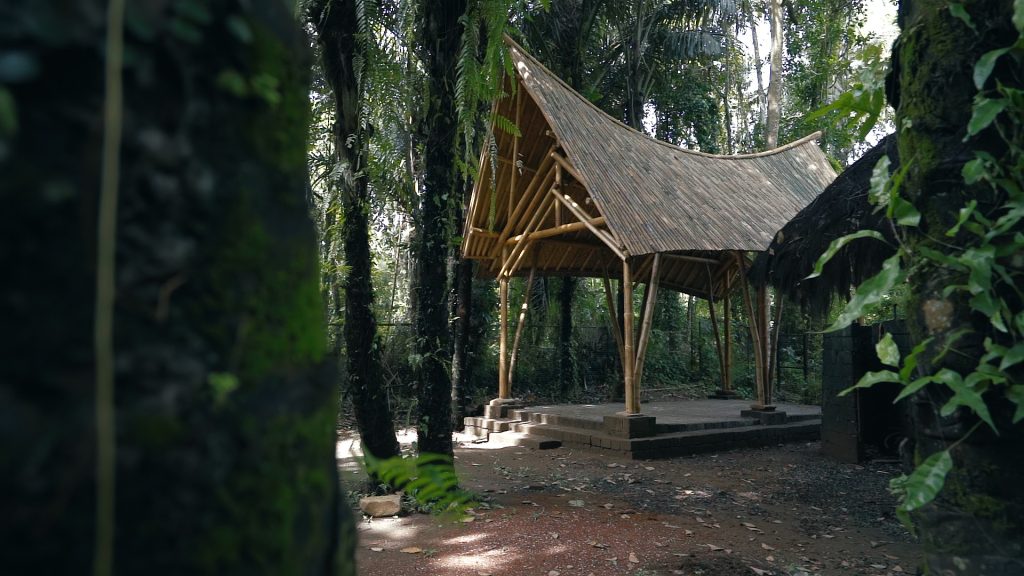
3. How can the existing skills in my context be used to address the unique challenges of bamboo construction and why is this knowledge essential for a successful project?
To successfully implement a bamboo construction project, it is essential to pay attention to the existing skills in your local context. A technical survey of the area can help determine the skills available and the type of buildings that currently exist, including the use of natural materials. This information can help identify the skills that can be transferred to your bamboo construction, progressing from simple joinery to more complex techniques. It is also important to consider the type of bamboo available, who is harvesting it, and how it is being treated. This knowledge will help determine the materials needed and the level of skill required for the project. By doing this, your bamboo project will be more successful and sustainable in the long term. This approach can also promote the use of natural materials and support local communities by creating new opportunities for training and employment.

4. What are the key stages to designing with bamboo?
Designing with bamboo involves several key stages. Firstly, the process starts with site analysis, where designers visit or research extensively to understand the surrounding environment. Next, the project brief is considered to gather essential information such as the site, program, and users. From there, designers can imagine their ideas and create sketches from different perspectives. Bamboo models are then created to ensure maximum structural stability and spatial comfort. 3D modeling and parametric design technology are used to make changes to the design as necessary. Lastly, the construction details of the bamboo structure are defined, including connections and finishes, to create a complete and finished look.
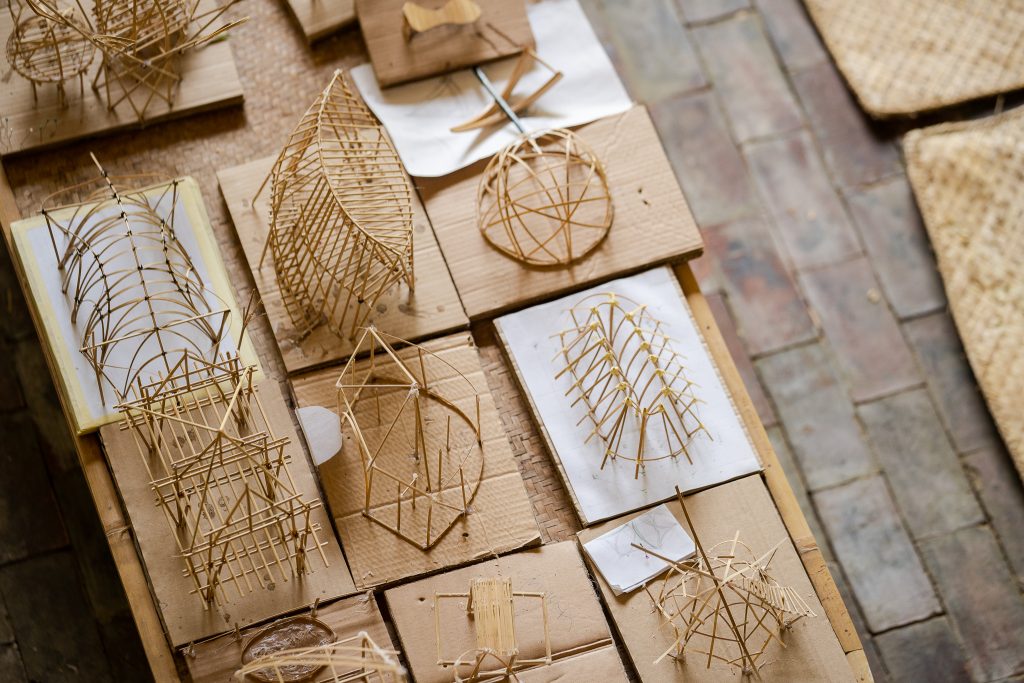
By considering each of these stages carefully, designers can create unique, sustainable, and innovative bamboo structures that complement and challenge their surroundings.
Bamboo is a broad topic of conversation, want to hear more about it? Subscribe to our newsletter here.

Leticia is an architect based in the Dominican Republic. She has always been passionate about the fusion of architecture and nature to create the perfect balance between organic spaces and modern requirements.
June 7-18, 2024
The 11 Day Bamboo Build & Design Course in Bali
In 11 days, we'll show you how to build bamboo structures we’ll share all that it takes to build with nature.
April 26, 2024
The Fundamentals of Building with Bamboo Online Course
All the fundamentals you need to get you started working with bamboo. Deep dive into cinematic videos and step-by-step guides that will provide you with a strong understanding of bamboo as a design and building material.











